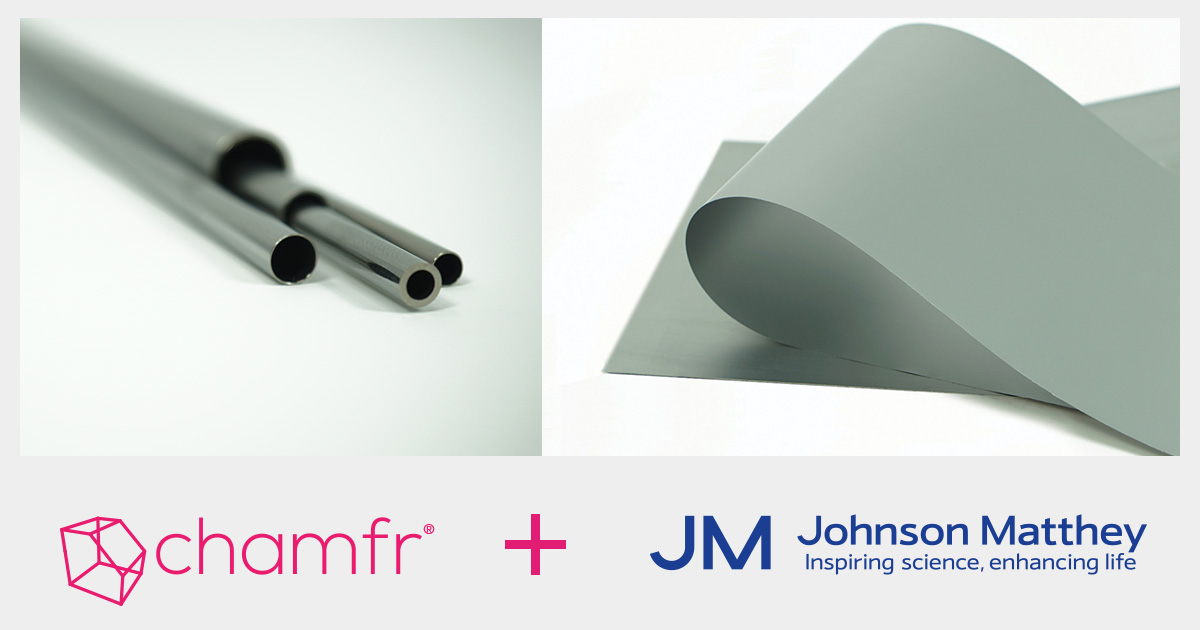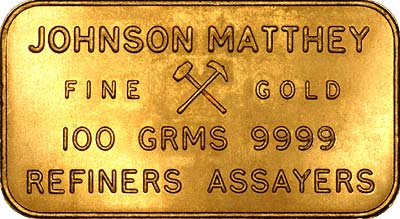
These include mines and refineries but there also plans to build out recycling capability, which will be an alternative source of raw materials in the future.īT: Will shortages of cathode materials ultimately limit the rollout in 5 years? 10 years? Over the short term, it will be impossible for Europe to be ‘self-sufficient in terms of raw materials inputs as the projects just have not been developed yet. For our projects in Poland and Finland, we have secured an ethical and sustainable supply of the key raw materials inputs. This will likely require support from government and industry alike. China also has limited domestic nickel, cobalt, manganese, and lithium resources, so has a similar focus to Europe to improve supply security.Įurope does have battery raw materials resources however to meet the huge demand around the corner, we will need to see many new projects financed and developed over the next decade.

Europe is tackling the limitation on domestic raw material production by focusing on recycling, increased refining of imported materials, and partnerships with countries and producers elsewhere in the world. Lithium resources are more abundant in Europe, but mine and refined production is not yet commercialized. Taylor: Europe lacks large-scale resources of nickel, cobalt, and manganese, hence its limited domestic mine production. European ownership of overseas resources and domestic processing/refining is, however, more established. Europe is not in the strongest position for its own raw material sources, how will Europe meet its battery materials demands without becoming completely dependent on China? Yet, we expect a range of chemistries to co-exist over the next decade as the market becomes more diversified.īT: Raw materials seem to be the key to electrification. We don’t expect LFP and other chemistries to necessarily displace demand for high-nickel cathodes, as the latter is still required to achieve long ranges and high performance. While LFP has yet to become commonplace in passenger BEV markets outside China, it has highlighted that there is space for more than just a single chemistry going forward. Now, LFP is rapidly increasing in popularity in China. Since then, LFP has improved slightly in terms of energy density but more importantly, developments in terms of pack architecture have given LFP a new lease of life. On top of this, increasingly stringent subsidy policy in China made it difficult for vehicles using such batteries to be eligible. Low energy densities meant that vehicles were heavy, inefficient, and often had small ranges. Several years ago, LFP was simply not a viable option in the passenger BEV space.

Johnson Matthey sees high-nickel chemistries being favored for long-range and/or high-performance vehicles while LFP - or other emerging technologies such as high-manganese chemistries - will find use in lower-cost vehicles, or commercial vehicles requiring longer cycle life batteries given the higher durability of LFP. Paul Taylor: Considering the wide customer requirements for electrified vehicles, but specifically range and cost, OEMs are exploring different cathode material chemistries to meet market needs. How do you see the market playing out between them? As the Sustainability Manager for the Battery Materials business in Johnson Matthey, he is highly motivated to ensure that their new manufacturing sites and supply chains meet the highest sustainability standards.īattery Technology caught up with Paul to find out more about his talk.īattery Technology : Although NMC (nickel-manganese-cobalt) has all the attention at the moment, LFP (lithium-iron-phosphate) seems to have some increasing interest (Tesla, BYD, VW). Paul has nearly 20 years of experience working on environmental and sustainability challenges across a variety of industry sectors.


 0 kommentar(er)
0 kommentar(er)
